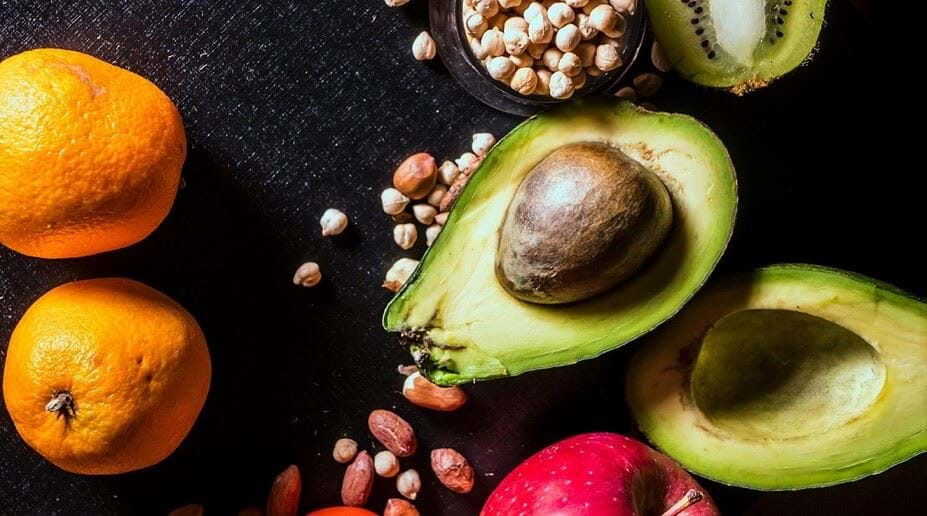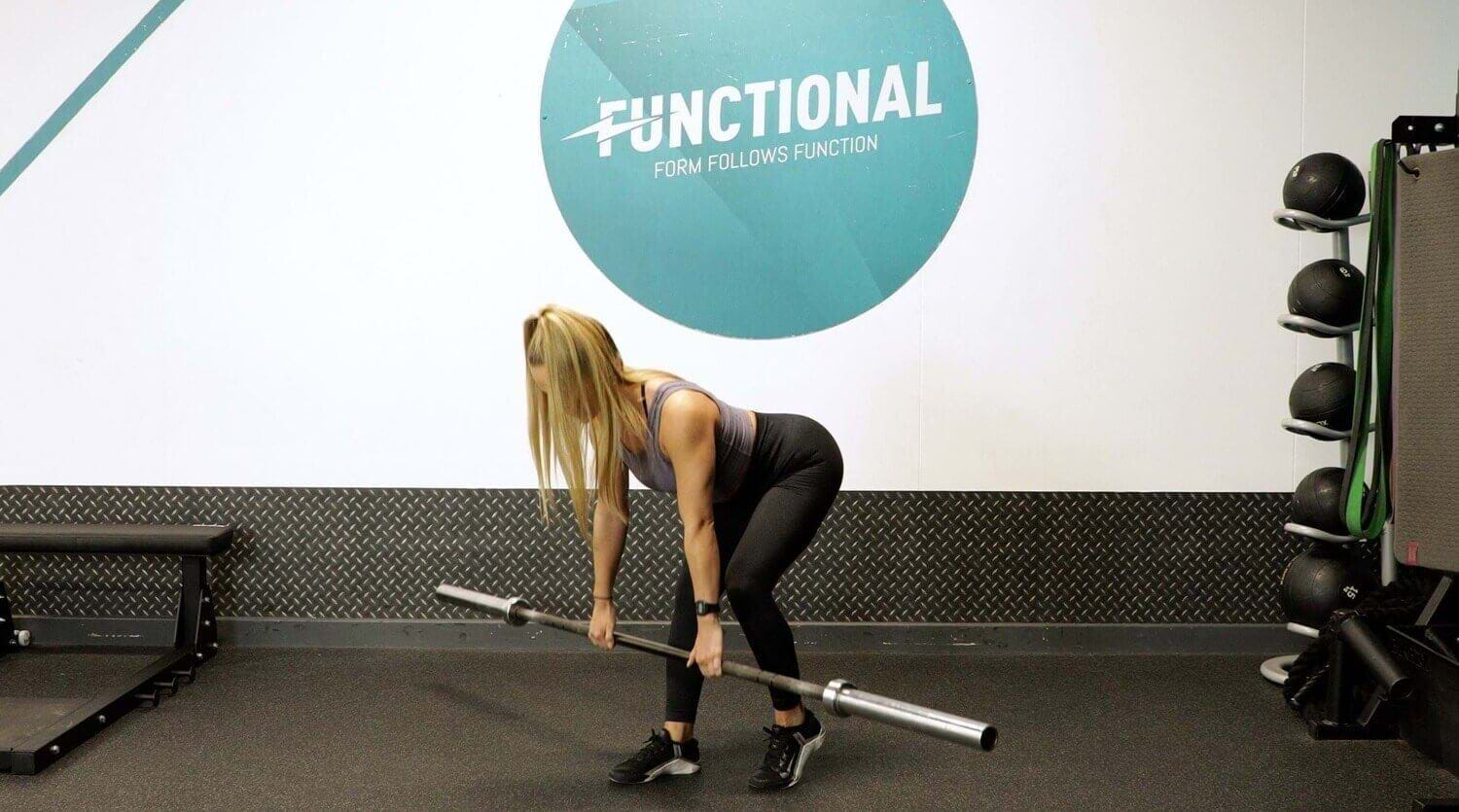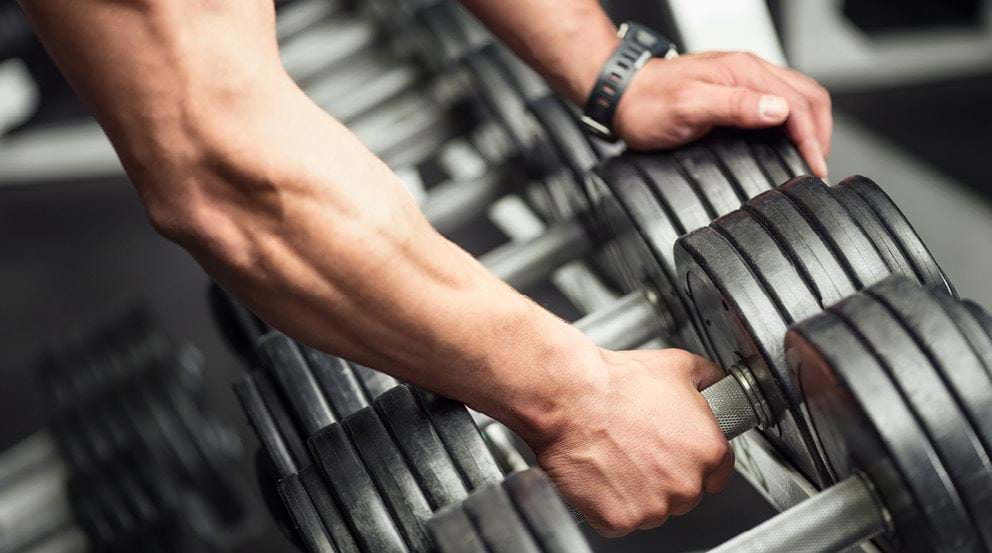Working Out On Keto: What To Expect And A Workout To Try

Impact Of Keto | Exercise Types | Keto Workout Plan | Adapting To Exercise | Eat Before And After | Common Challenges
The ketogenic diet, more commonly known as the keto diet, is a low-carbohydrate, high-fat eating plan. By cutting the amount of carbs consumed (including grains, fruits and most vegetables), supporters of this diet report benefits like weight loss, better blood sugar control and a possible reduction in risk factors for certain diseases.
Keto diets are sometimes used to treat medical conditions such as epilepsy and are not typically recommended for most people as it is highly restrictive and eliminates an entire food group.
For those who do practice a ketogenic diet, exercise sometimes needs a different approach. Without carbs as a natural energy source, you can't necessarily exercise in quite the same way.
Here, Alvin Waters, PT at PureGym South Ruislip explains how keto affects your workouts, how to fuel for exercise and what exercise types to try if you're in ketosis.
How Does The Keto Diet Affect Your Workouts?
When you switch to a ketogenic diet, your body goes through a pretty significant metabolic shift. Instead of relying on carbs for energy, it starts burning fat and producing ketones. While some people find this can lead to more sustainable energy for everyday activities, it does affect workouts in unique ways.
During the first few weeks, many people experience the "keto flu", which can include symptoms like fatigue, brain fog, and muscle cramps. This adjustment period can make exercising feel harder than usual.
However, once your body adjusts (a process called fat adaptation), you may find that endurance activities become easier as your body gets more efficient at using fat for fuel, so you may experience better staying power for steady-state cardio like running.
Some studies also suggest that the keto diet can help to reduce muscle soreness after exercise. For example, some research on mice showed that those on a ketogenic diet had less muscle damage and lower levels of lactate (a substance that can cause soreness) after exercising. Also, the ketogenic diet may help reduce inflammation in the body, which is linked to muscle soreness. By lowering inflammation, this could help muscles feel better after exercise.
That said, high-intensity workouts, like sprinting or heavy lifting, can be more challenging since they typically rely on glycogen stores - something that's lower on a keto diet. Don't worry, though. With a bit of planning, you can still thrive in your workouts while staying in ketosis.
What Types Of Workouts Are Best For A Ketogenic Diet?
Not all workouts pair equally well with keto. You may find more intense exercise can be challenging, especially if you're new to intense exercise or new to keto and going through the adaptation phase. In these instances, it's best to begin with lower intensity workouts and build these up as your body becomes accustomed to keto.
Here's a breakdown of the best workout options for earlier in your keto experience:
- Steady-state cardio: Moderate running, cycling, or brisk walking are great for tapping into fat stores and work well with keto.
- Strength training: Building muscle is still achievable on keto. Focus on lower reps and heavier weights to maximise gains without getting too exhausted.
- Yoga and Pilates: Low-intensity options like yoga are perfect for recovery days, improving flexibility, and building core strength.
Once you're fat-adapted, you can start to integrate more intense workouts such as:
- HIIT (High-Intensity Interval Training): While more challenging on keto, HIIT can be done if you're fat-adapted or incorporate targeted carbs.
- Endurance sports: Activities like long-distance cycling or marathon training align well with the keto lifestyle once your body is accustomed to burning fat.
Example Weekly Keto Workout Plan
This workout plan is designed to work perfectly with the way your body gets energy on a keto diet. Since keto uses fat instead of carbs for fuel, the plan focuses on workouts that match that energy system. Strength training helps you build muscle without needing quick energy from carbs, and steady cardio is great because your body can use fat to keep going for a long time. The rest and recovery days are there to let your body recharge, so you don’t burn out or feel too sore. It’s balanced, simple to follow, and helps you get stronger, fitter, and healthier while sticking to keto. Plus, it mixes things up so you don’t get bored!
Monday: Strength training (focus on upper body). For example:
- 10 of the best upper body bodyweight exercises
- Upper body dumbbell workout
- The best arm workouts and exercises for building strength
Tuesday: Steady-state cardio (30-45 minutes). Find out more in these guides:
- Jogging for beginners
- The beginners' guide to the treadmill
- LISS vs HIIT workouts: which is better for you?
Wednesday: Rest or active recovery (yoga or stretching)
- Why rest days are important
- What's the difference between yoga and Pilates
- 10 of the best stretching exercises for beginners
Thursday: Strength training (focus on lower body)
Friday: Steady-state cardio (30-45 minutes)
- See links above for more
Saturday: Rest or active recovery (yoga or stretching)
- See links above for more
Sunday: Longer cardio session (60-90 minutes)
- This could be a long hike, steady-state run, cycling, rowing or any other cardio you enjoy.
How To Adapt To Exercising While In Ketosis
Adapting to keto while maintaining an active lifestyle requires patience and planning. Here's how to ease the transition:
- Start slow: Don't go all-out with your workouts right away. During the first few weeks, reduce your exercise intensity and focus on light activities. Give your body time to get used to the new diet before pushing yourself harder.
- Hydration is key: Keto causes increased water loss, so drink more water than usual. Add electrolytes like sodium, potassium, and magnesium to prevent dehydration, dizziness and muscle cramps.
- Stay consistent: Fat adaptation takes time - usually around two to four weeks. Stick with your diet and workouts, and trust the process. Be patient, it will get easier!
- Fuel smart: Choose workouts that match how much energy you have. Gradually increase intensity as your body becomes more efficient at burning fat.
Remember, it's okay if things feel a bit tough at first. Your body's learning a new way to get energy. Stick with it, and you'll start feeling better soon!
What Should You Eat Before And After A Workout On Keto?
Fuelling your body properly is essential for optimising performance and recovery. On keto, the focus shifts from carbs to fats and protein. While carbs are typically the go-to fuel source for energy, you can still give yourself (and your workouts) a boost while staying in ketosis.
- Pre-workout: Opt for a small snack rich in fats and moderate in protein to fuel your muscles. A handful of nuts, a slice of avocado, or a boiled egg are great options. If you're planning a high-intensity session, you can include a small portion of fast-digesting carbs like berries to give you a quick energy boost.
- Post-workout: Recovery is all about protein and fats. A whey protein shake, fish with roasted vegetables or grilled chicken with olive oil is ideal.
5 Of The Most Common Challenges Of Working Out On Keto, And How To Solve Them
Combining keto with workouts isn't without its hurdles. Here are the most common challenges and practical solutions:
1. Lack of energy for intense workouts
Cause: When you start a keto diet, your body is adjusting to using fat for energy instead of carbs. This can make you feel tired and less energetic during workouts.
Solution: Be patient during the adaptation phase. For intense days, try a small dose of carbs before your workout.
2. Muscle cramps
Cause: The keto diet can lead to losing more water and important minerals (electrolytes) like sodium, potassium, and magnesium, which can cause muscle cramps.
Solution: Boost your intake of electrolytes (sodium, potassium, magnesium) through keto-friendly foods like spinach, salmon, and nuts or supplements.
3. Dehydration
Cause: The keto diet makes you lose more water, especially in the beginning. This can lead to dehydration, especially if you sweat a lot during workouts.
Solution: Drink more water than usual. Aim for at least 3 litres daily.
4. Slower recovery times
Cause: On keto, you might have less glycogen (stored energy) in your muscles, which can slow down recovery after workouts.
Solution: Prioritise post-workout nutrition with high-quality protein and fats. Collagen and bone broth can also help with recovery.
5. Performance plateaus
Cause: As your body gets used to burning fat for energy, you might hit a performance plateau, especially in high-intensity workouts that usually rely on quick energy from carbs.
Solution: Reevaluate your workout intensity and consider incorporating carb cycling (strategic high-carb days) if your progress stalls.
If you're on a keto diet and still not sure how to approach exercise, join a PureGym near you and sign up with one of our expert personal trainers. They'll help you to create a workout plan that works with your body and energy levels.
Head to our diet and nutrition hub for recipe ideas and information on fuelling your body.


